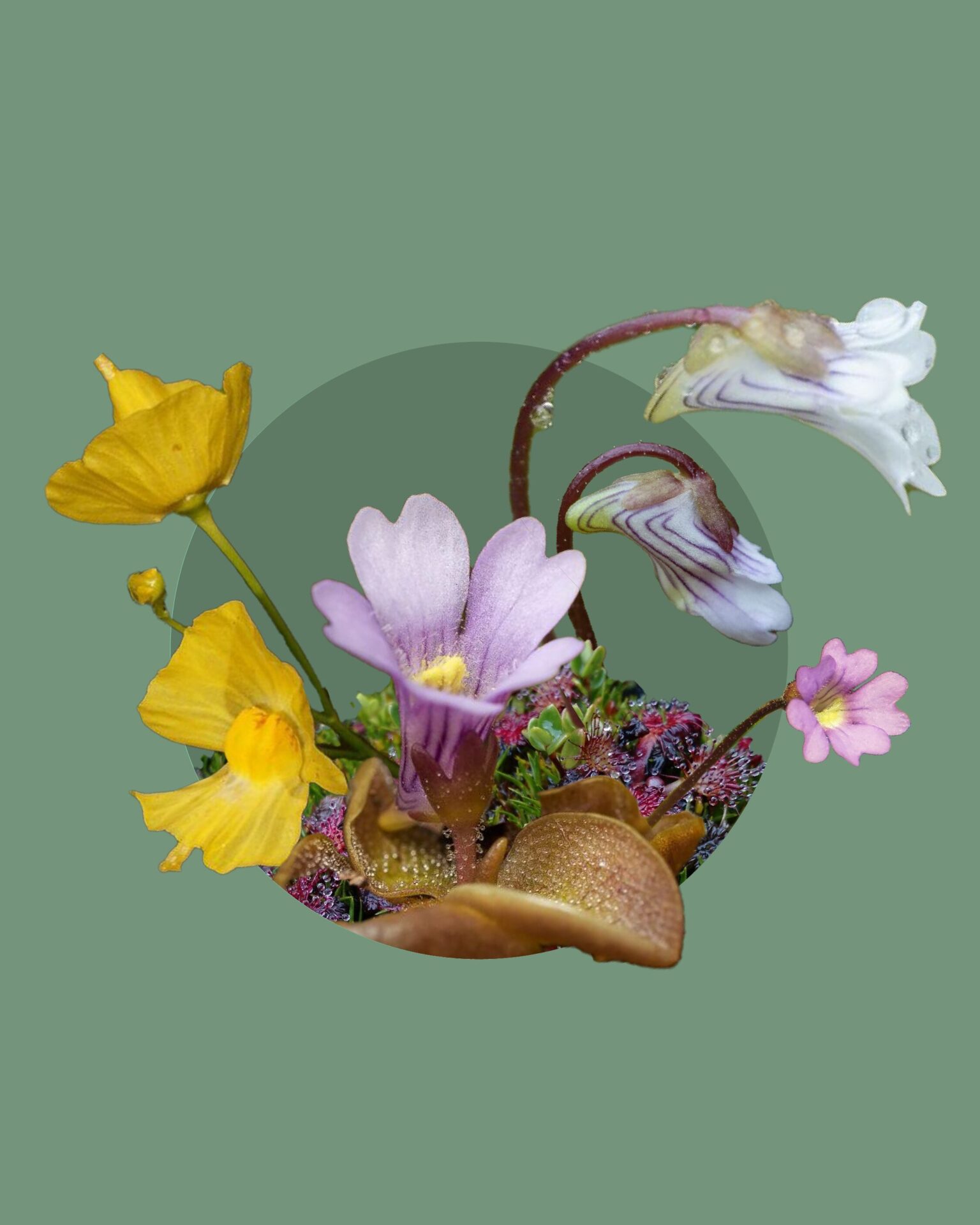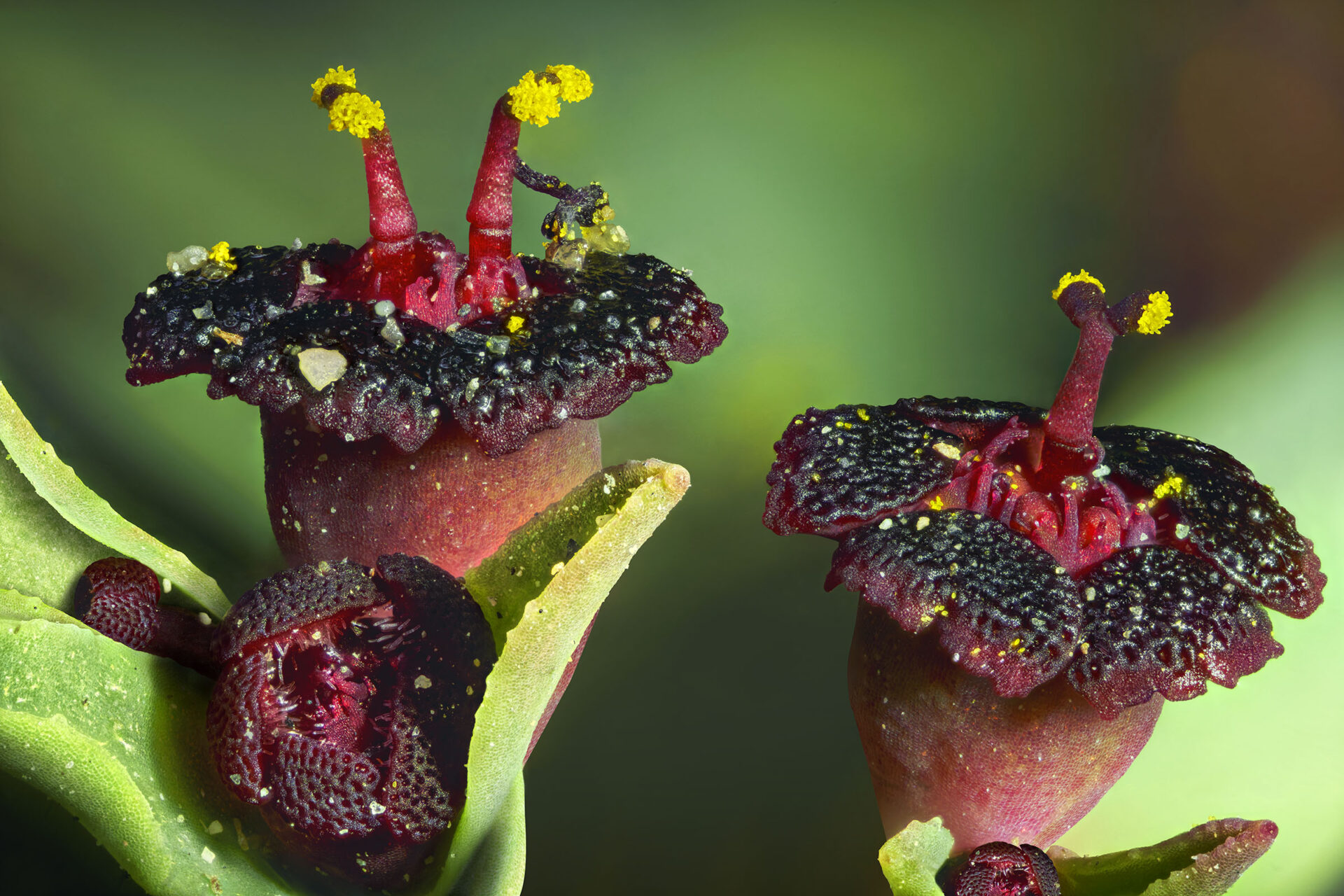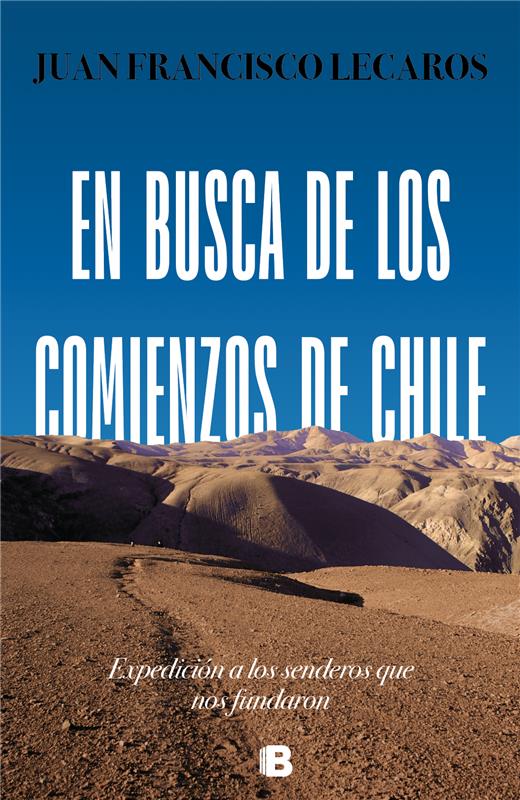-

¿Cuál sumarías? 12 destinos de Latinoamérica que queremos conocer este 2026
1 de enero, 2026 -

A un mes del desastre, los impactos del derrame de 20 toneladas de aceite en el lago Chungará: “Podemos hablar de consecuencias poco claras en un ecosistema frágil”
31 de diciembre, 2025 -

Estudio advierte que el “turismo psicodélico” amenaza a las plantas y animales de Latinoamérica y África
30 de diciembre, 2025
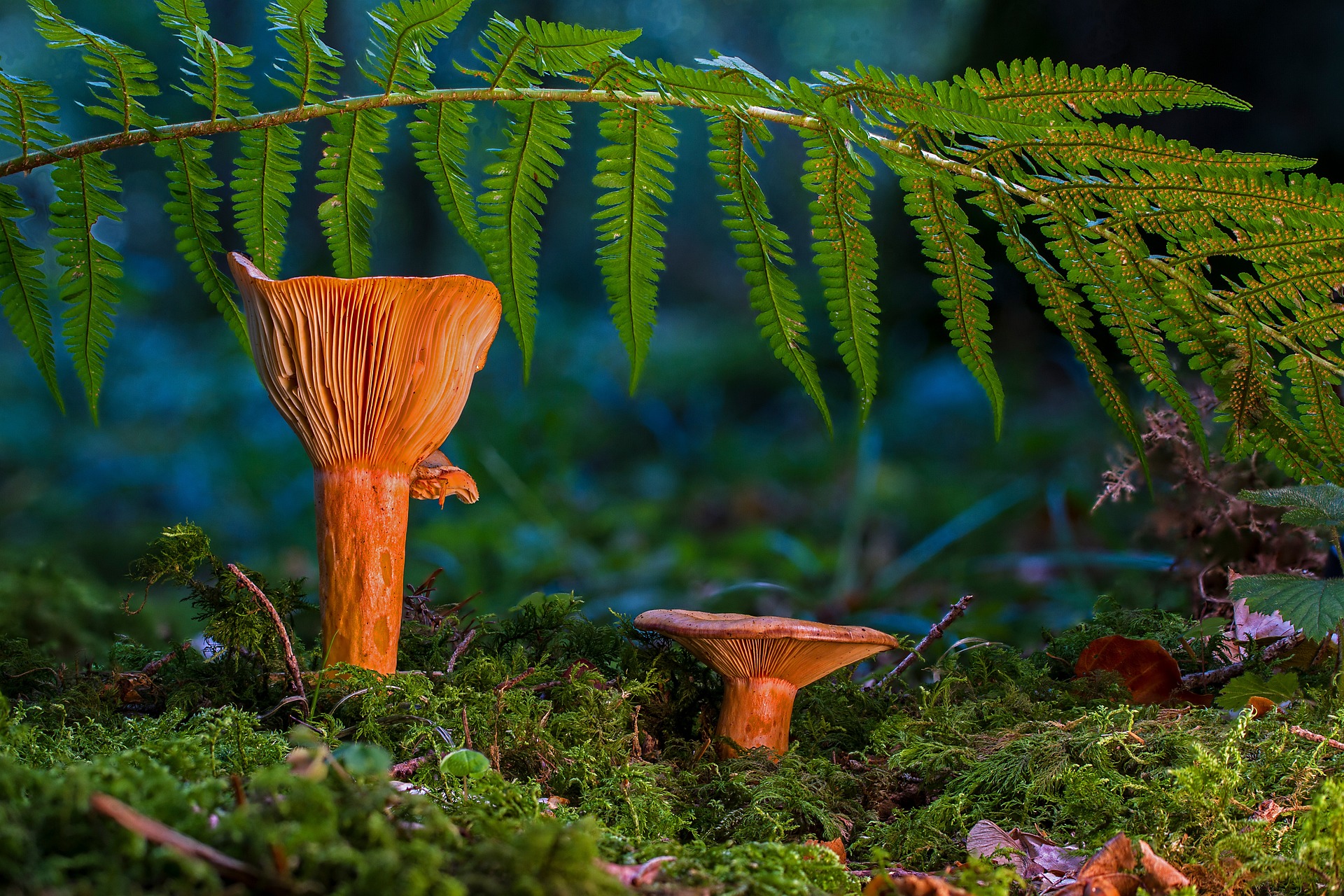
Micólogos a la defensa de los hongos tras el éxito de la serie The Last of Us
La destacada micóloga chilena Giuliana Furci, fundadora de Fundación Fungi, y el biólogo Merlin Sheldrake, asesor de la misma fundación, escribieron una columna de opinión en la revista Time sobre los hongos, a raíz de la controversial fama que ha traído la serie “The Last of Us”, defendiendo el mundo fungi y sus beneficios y aportes a la vida humana.
“No, no deberías tenerle miedo a los hongos (a pesar de la serie The Last of Us)”, es el título de la columna de opinión escrita por la micóloga chilena Giuliana Furci y el biólogo inglés Merlin Sheldrake, publicada este fin de semana por la destacada revista Time.
A raíz del creciente interés por el reino fungi (y de la exitosa serie post apocalíptica de HBO, The Last of Us), los autores se preguntan: ¿Qué podemos hacer para nutrir las relaciones con el inmenso y diverso mundo de los hongos?
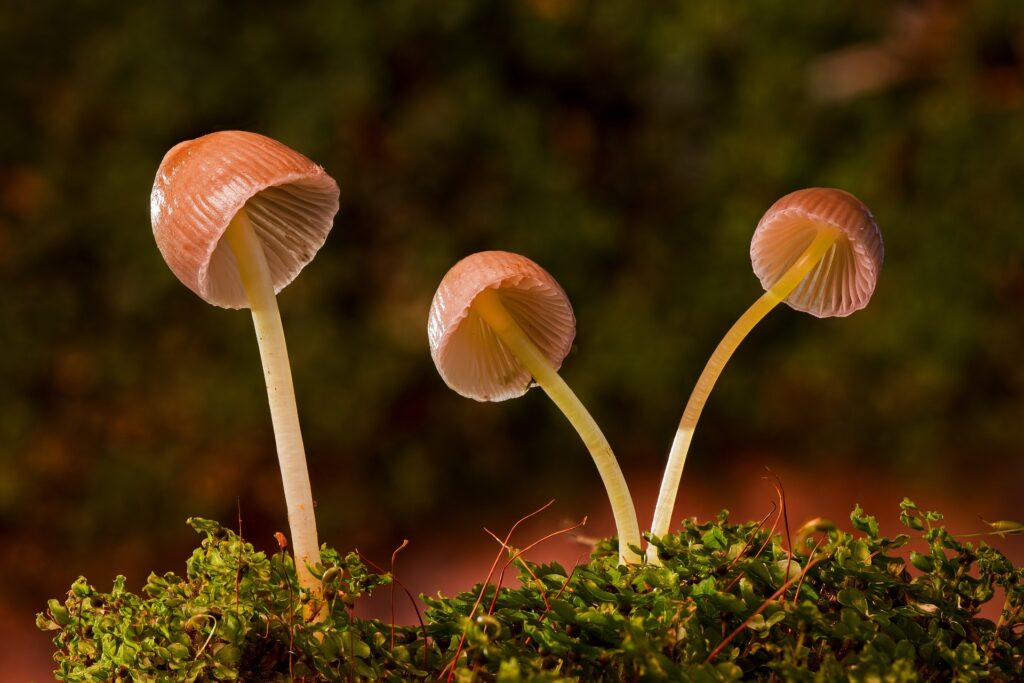
Las habilidades químicas de los hongos han moldeado la vida humana desde hace mucho tiempo. A ellos les debemos el pan, queso, cerveza, penicilina, poderosos compuestos antivirales y anticancerígenos, medicamentos que permiten trasplantes de órganos y la psilocibina (componente psicoactivo que se muestra prometedor en el tratamiento de la depresión severa y la ansiedad).
Sin embargo, la mayoría de las legislaciones ambientales y acuerdos internacionales se refieren de manera exclusiva a la conservación de Flora (plantas) y Fauna (animales). Agregar la tercera «F», Funga a la lista incluiría este reino en los marcos de políticas agrícolas y de conservación, permitiendo el acceso a fondos para la investigación micológica y programas educativos.
Aquí te compartimos la columna de la revista Time:
No, You Shouldn’t Be Afraid of Fungi
By Giuliana Furci and Merlin Sheldrake
By now, you’ve probably heard about “zombie fungi”, which are able to puppet the behaviour of their insect hosts with magnificent precision. One such fungus, Ophiocordyceps unilateralis, infects carpenter ants. Once infected by the fungus, ants are stripped of their instinctive fear of heights and climb up the nearest plant. In due course the fungus forces the ant to clamp its jaws around the plant in a “death grip.” The fungus then digests the ant’s body and projects a stalk-like structure out of its head, from which spores shower down on ants passing below.
Unlike the fictional killer zombie fungi in the recent post-apocalyptic HBO series, The Last of Us, zombie fungi have never been found to infect mammals. But it’s no surprise that they animate our imaginations: Thinking about fungi makes the world look different. Fungi comprise one of life’s kingdoms—as broad a category as “animals” or “plants”—and are key to understanding the planet on which we live. They are inside you and around you. They sustain you and all you depend on. As you read these words, fungi are making soil, producing food, making medicines, nourishing and killing animals and plants, and influencing the composition of the Earth’s atmosphere.
Fungal fact is more remarkable than fungal fiction. And as we look towards the future of life on a damaged planet, what can we do to nurture generative relationships with this mind-bending and hugely diverse group of organisms?
Most fungi live most of their lives not as mushrooms, but as branching, fusing networks of tubular cells known as mycelium. Mycelial networks have no fixed shape. By remodeling themselves they can navigate labyrinths and expertly explore their surroundings. Globally, the total length of fungal mycelium in the top 10 centimetres of soil is more than 450 thousand quadrillion kilometres: around half the width of our galaxy. Most plants depend on symbiotic fungi which weave themselves through roots and leaves, provide plants with crucial nutrients, and defend them from disease and drought. Bacteria use fungal networks as highways to navigate the crowded rot-scapes of the soil. Of the carbon that is found in soils—which amounts to twice the amount of carbon found in plants and the atmosphere combined—a substantial proportion is bound up in tough organic compounds produced by fungi. Fungal networks comprise an ancient life support system that easily qualifies as one of the wonders of the living world.
The growing wave of interest in fungi is welcome and long overdue. But why now? What has led to the current surge in fungal fascination? Exciting new research made possible by technologies such as DNA sequencing plays a large part; now more than ever, we are better equipped to unravel their secrets and understand their complexities. Thrilling fungal discoveries have found receptive audiences in part due to a growing awareness of the interconnectivity of the living world. Fungi are powerful reminders of the intimate, reciprocal relationships that sustain all life. Moreover, fungi make good poster organisms for network thinking: The recent wave of public interest in fungi has coincided with the rise of network concepts across many disciplines, from computing, sociology and neuroscience, to economics and astronomy.
But perhaps the strongest driver of popular fungal interest has been the growing awareness of the many ways we can partner with fungi to adapt to worsening environmental and health crises. Fungi are metabolic wizards and their chemical accomplishments have long shaped human life: bread, cheese, soy sauce, penicillin, a host of powerful antiviral and anti-cancer compounds, cholesterol-lowering statins, and immunosuppressant drugs that enable organ transplants—not to mention alcohol (fermented by a yeast) and psilocybin (the psychoactive component in psychedelic mushrooms which shows promise in treating severe depression and anxiety). Voracious fungal appetites can be deployed to break down pollutants such as crude oil from oil spills, in a process known as mycoremediation. In mycofabrication, building materials and textiles can be grown out of mycelium and used as replacements for plastics and leather.
Although fungi are key allies for humans, it’s also true that a small minority can cause major problems. Fungal infections kill around 2 million people a year. Fungal diseases of plants result in billions of dollars of losses—the rice blast fungus ruins a quantity of rice large enough to feed more than 60 million people every year. Fungal diseases of trees, from Dutch elm disease to chestnut blight, transform forests and landscapes. The impact of fungal diseases is increasing across the world due to trade and unsustainable agricultural practices, and the widespread use of antifungal chemicals has led to an unprecedented rise in new fungal superbugs that threaten both human and plant health.
Given that we have no option but to interact with fungi, how might we ensure a healthy future with them?
First, fungi need to be included within conservation frameworks. Fungi play vital roles supporting planetary biodiversity. When we disrupt them, we jeopardize the health and resilience of the organisms on which we all depend. Despite the fact that we are destroying the planet’s fungal communities at an alarming rate, most environmental legislation and international assemblies such as the Convention on International Trade in Endangered Species of Wild Fauna and Flora (CITES) or the Convention on Biological Diversity of the United Nations (CBD), together with many large international NGOs, refer to the conservation of Flora (plants) and Fauna (animals). Adding at third “F”, Funga, to the list would write this neglected kingdom of life into conservation and agricultural policy frameworks, and unlock crucial funding for mycological research, surveys, and educational programs.
We also need to invest in fungal research. Fungi are a kingdom of life that has not received a kingdom’s worth of attention, and our ignorance is easily summarized. Current estimates suggest that fewer than 10% of all fungal species have been described. It was only in 1969 that fungi were recognised as their own distinct kingdom of life, which has entrenched a disciplinary bias: There are fewer opportunities to research fungi than animals and plants. Even though fungal pathogens are on the rise, no vaccines have been developed against fungal infections, and the small number of existing antifungal drugs are becoming increasingly ineffective. A deeper understanding of fungal life will support vital conservation and restoration projects, and will also drive much-needed innovation in fungal technologies.
Above all, we must invest in fungal education. Fungi are largely absent from school and undergraduate curricula, perpetuating our fungus blindness and actively distorting our worldview. Accounts of the living world that do not include fungi are accounts of a world that doesn’t exist.
Fungi have long sustained and enriched life on Earth. We are unthinkable without them, and yet, we are only just beginning to understand the intricacies of fungal lives. It’s time we give them the attention they deserve.

 Fundación Fungi
Fundación Fungi
















